Autel AutoLink AL319 Handleiding
Autel
Niet gecategoriseerd
AutoLink AL319
Bekijk gratis de handleiding van Autel AutoLink AL319 (47 pagina’s), behorend tot de categorie Niet gecategoriseerd. Deze gids werd als nuttig beoordeeld door 166 mensen en kreeg gemiddeld 4.1 sterren uit 83.5 reviews. Heb je een vraag over Autel AutoLink AL319 of wil je andere gebruikers van dit product iets vragen? Stel een vraag
Pagina 1/47

Table of Contents
1. SAFETY PRECAUTIONS AND WARNINGS .............................................. 1
2. GENERAL INFORMATION .......................................................................... 2
2.1 O -B D (OBD) N OARD IAGNOSTICS II 2.............................................................
2.2 D T C (DTC ) IAGNOSTIC ROUBLE ODES S ........................................................ 2
2.3 L D L C (DLC) OCATION OF THE ATA INK ONNECTOR .................................... 3
2.4 OBD R M II EADINESS ONITORS .................................................................... 4
2.5 OBD M R S II ONITOR EADINESS TATUS ......................................................... 5
2.6 OBD D II EFINITIONS .................................................................................... 6
2.7 OBD M O II ODES OF PERATION .................................................................... 7
3. USING THE SCAN TOOL ............................................................................ 10
3.1 T D OOL ESCRIPTION .................................................................................... 10
3.2 S PECIFICATIONS .......................................................................................... 11
3.3 A I CCESSORIES NCLUDED............................................................................. 11
3.4 N C AVIGATION HARACTERS ........................................................................ 11
3.5 K EYBOARD .................................................................................................. 12
3.6 P OWER ........................................................................................................ 12
3.7 S S YSTEM ETUP ............................................................................................ 12
3.8 A BOUT ......................................................................................................... 20
3.9 V C EHICLE OVERAGE .................................................................................. 21
3.10 P T RODUCT ROUBLESHOOTING.................................................................... 22
4. OBD II DIAGNOSTICS ................................................................................ 24
4.1 R C EADING ODES ......................................................................................... 25
4.2 E C RASING ODES .......................................................................................... 28
4.3 L D IVE ATA .................................................................................................. 30
4.4 V F F D IEWING REEZE RAME ATA ................................................................. 31
4.5 R I/M R S ETRIEVING EADINESS TATUS ......................................................... 32
4.6 V V I IEWING EHICLE NFORMATION .............................................................. 38
4.7 E OBD T XITING THE II EST ......................................................................... 40
5. READY TEST ................................................................................................ 41
5.1 G I ENERAL NFORMATION ............................................................................ 41
5.2 T T A EST OOL PPLICATION ........................................................................... 42
5.3 T I LED AND ONE NTERPRETATION .............................................................. 44
6. WARRANTY AND SERVICE ...................................................................... 46
6.1 L O Y W IMITED NE EAR ARRANTY ................................................................ 46
6.2 S P ERVICE ROCEDURES ................................................................................ 46

1
1. Safety Precautions and Warnings
To prevent personal injury or damage to vehicles and/or the scan
tool, read this instruction manual rst and observe the following
safety precautions at a minimum whenever working on a vehicle:
Always perform automotive testing in a safe environment.
Wear safety eye protection that meets ANSI standards.
Keep clothing, hair, hands, tools, test equipment, etc. away from
all moving or hot engine parts.
Operate the vehicle in a well ventilated work area: Exhaust gases
are poisonous.
Put blocks in front of the drive wheels and never leave the vehicle
unattended while running tests.
Use extreme caution when working around the ignition coil,
distributor cap, ignition wires and spark plugs. These
components create hazardous voltages when the engine is
running.
Put the transmission in PARK (for automatic transmission) or
NEUTRAL (for manual transmission) and make sure the parking
brake is engaged.
Keep a re extinguisher suitable for gasoline/chemical/ electrical
res nearby.
Don’t connect or disconnect any test equipment while the
ignition is on or the engine is running.
Keep the scan tool dry, clean, free from oil/water or grease. Use a
mild detergent on a clean cloth to clean the outside of the scan
tool, when necessary.

2
2. General Information
2.1 -Board Diagnostics (OBD) II On
The rst generation of On-Board Diagnostics (called OBD I) was
developed by the California Air Resources Board (ARB) and
implemented in 1988 to monitor some of the emission control
components on vehicles. As technology evolved and the desire to
improve the On-Board Diagnostic system increased, a new generation
of On-Board Diagnostic system was developed. This second generation
of On-Board Diagnostic regulations is called "OBD II".
The OBD II system is designed to monitor emission control systems
and key engine components by performing either continuous or
periodic tests of specic components and vehicle conditions. When a
problem is detected, the OBD II system turns on a warning lamp (MIL)
on the vehicle instrument panel to alert the driver typically by the
phrase of “Check Engine” or “Service Engine Soon”. The system will
also store important information about the detected malfunction so
that a technician can accurately nd and x the problem. Here below
follow three pieces of such valuable information:
1) Whether the Malfunction Indicator Light (MIL) is
commanded 'on' or 'off';
2) Which, if any, Diagnostic Trouble Codes (DTCs) are stored;
3) Readiness Monitor status.
2.2 Diagnostic Trouble Codes (DTCs)
OBD II Diagnostic Trouble Codes are codes that are stored by the
on-board computer diagnostic system in response to a problem found
in the vehicle. These codes identify a particular problem area and are
intended to provide you with a guide as to where a fault might be
occurring within a vehicle. OBD II Diagnostic Trouble Codes
consists of a ve-digit alphanumeric code. The rst character, a letter,
identies which control system sets the code. The other four
characters, all numbers, provide additional information on where the
DTC originated and the operating conditions that caused it to set. Here
below is an example to illustrate the structure of the digits:
Product specificaties
| Merk: | Autel |
| Categorie: | Niet gecategoriseerd |
| Model: | AutoLink AL319 |
Heb je hulp nodig?
Als je hulp nodig hebt met Autel AutoLink AL319 stel dan hieronder een vraag en andere gebruikers zullen je antwoorden
Handleiding Niet gecategoriseerd Autel
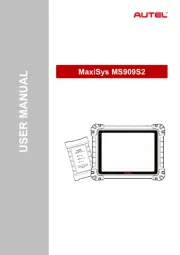
29 Juli 2025
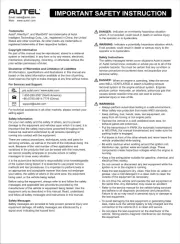
29 Juli 2025
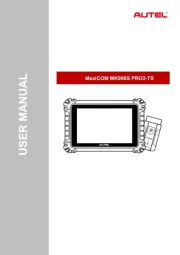
29 Juli 2025
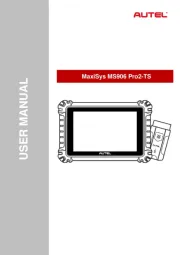
29 Juli 2025
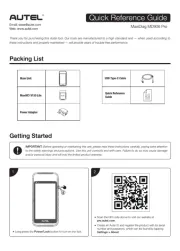
28 Juli 2025

24 Maart 2025

24 Mei 2024

24 Mei 2024

5 April 2024

23 Maart 2024
Handleiding Niet gecategoriseerd
- Reolink
- ServSense
- Beper
- Jokari
- Solidsteel
- Aeotec
- Yuede
- Juice Goose
- Accsoon
- Lian Li
- Proctor Silex
- Cadel
- Elektrobock
- Meister Craft
- Lanberg
Nieuwste handleidingen voor Niet gecategoriseerd
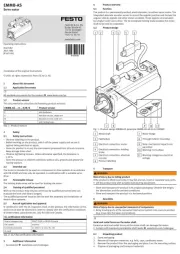
1 Augustus 2025
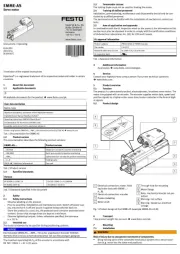
1 Augustus 2025
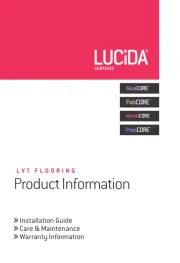
1 Augustus 2025
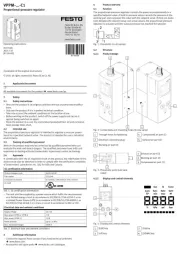
1 Augustus 2025
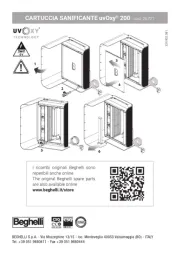
1 Augustus 2025
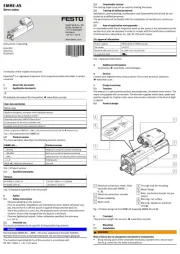
1 Augustus 2025
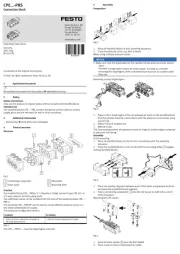
1 Augustus 2025
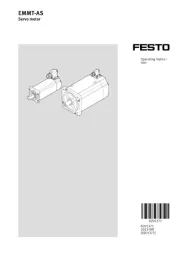
1 Augustus 2025
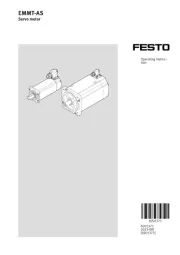
1 Augustus 2025
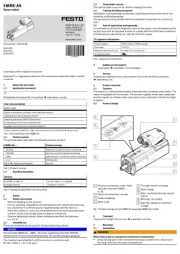
1 Augustus 2025